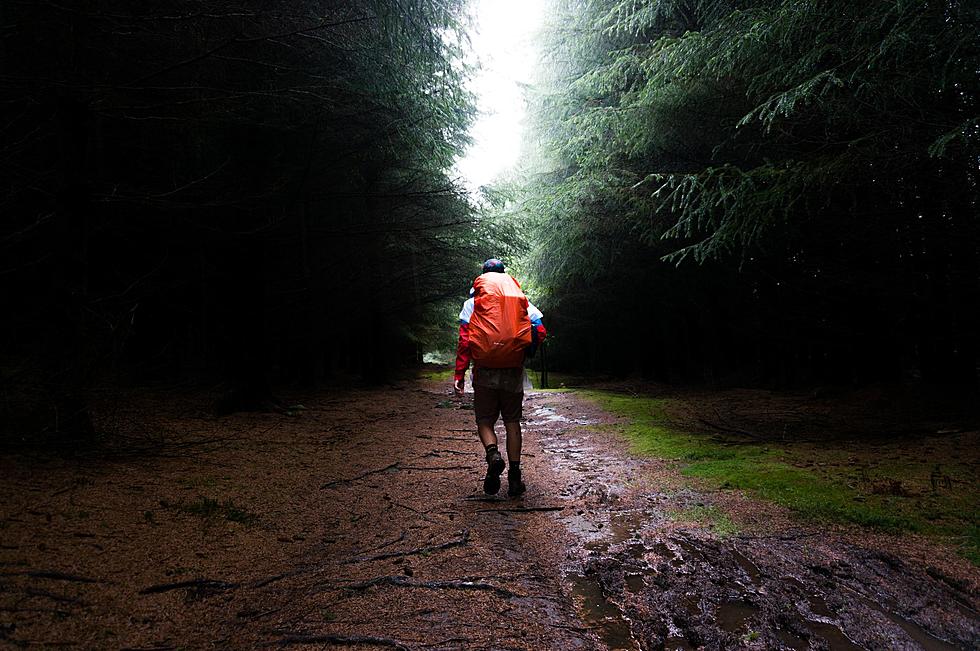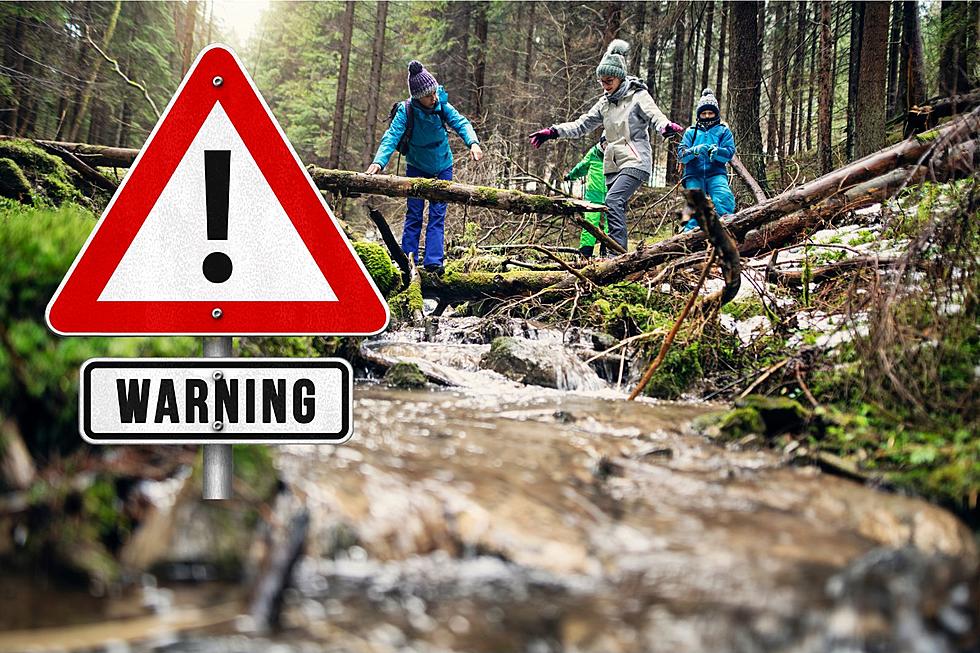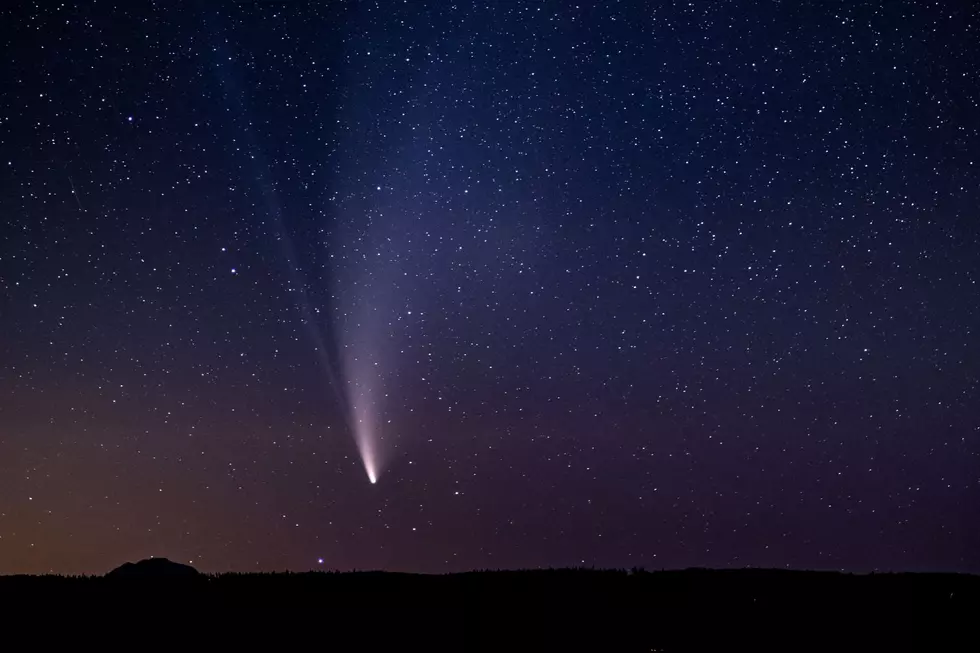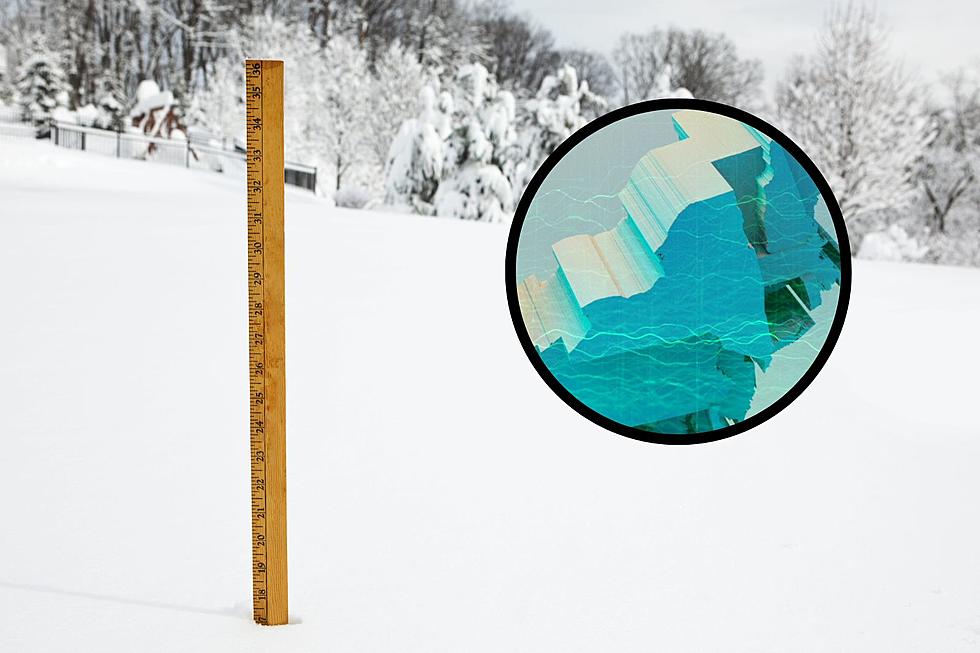
Going Hiking? Be Aware of Closed Muddy Mountain Trails
If you are planning a hike in the Adirondacks, some of your favorite trails may be closed due to dangerous conditions. Because of melting snow, rain runoff, and ice on higher elevation hikes, the Department of Environmental Conservation (DEC) is warning hikers to be cautious and avoid trails above twenty-five hundred feet.
I have never been a person who likes to hike, I am more of a complainer when I have to walk long distances. I definitely don't want to hike if there are warnings being issued. I can add this latest warning to the one thousand reasons why I don't like to hike. I know there are some of the most beautiful Adirondack mountain trails. It's just not for me.

However, if you do enjoy all the beauty and exercise that hiking has to offer, make sure you know what trails are open and which ones you have to be extra cautious walking through. According to News 10 ABC, there is a Muddy Trail Advisory in effect which helps to limit people on the trails and helps also to limit erosion and protect vegetation on the mountain trails.
Here are the trails that the DEC wants you to avoid until the end of the Muddy Trail Advisory.
High Peaks Wilderness–specifically Algonquin, Colden, Feldspar, Gothics, Indian Pass, Lake Arnold Cross-Over, Marcy, Marcy Dam – Avalanche – Lake Colden, which is extremely wet, Phelps Trail above Johns Brook Lodge, Range Trail, Skylight, Wright, all “trail-less” peaks, and all trails above Elk Lake and Round Pond in the former Dix Mountain Area
Giant Mountain Wilderness–all trails above Giant’s Washbowl, “the Cobbles,” and Owl Head Lookout
McKenzie Mountain Wilderness–specifically Whiteface, Esther, Moose, and McKenzie mountains
Sentinel Range Wilderness–specifically Pitchoff Mountain
To get a list of hikes in the Adirondacks that are below twenty-five hundred feet click HERE.
CHECK OUT: Abandoned Catskill Game Farm in Photos
[
More From 107.7 WGNA









